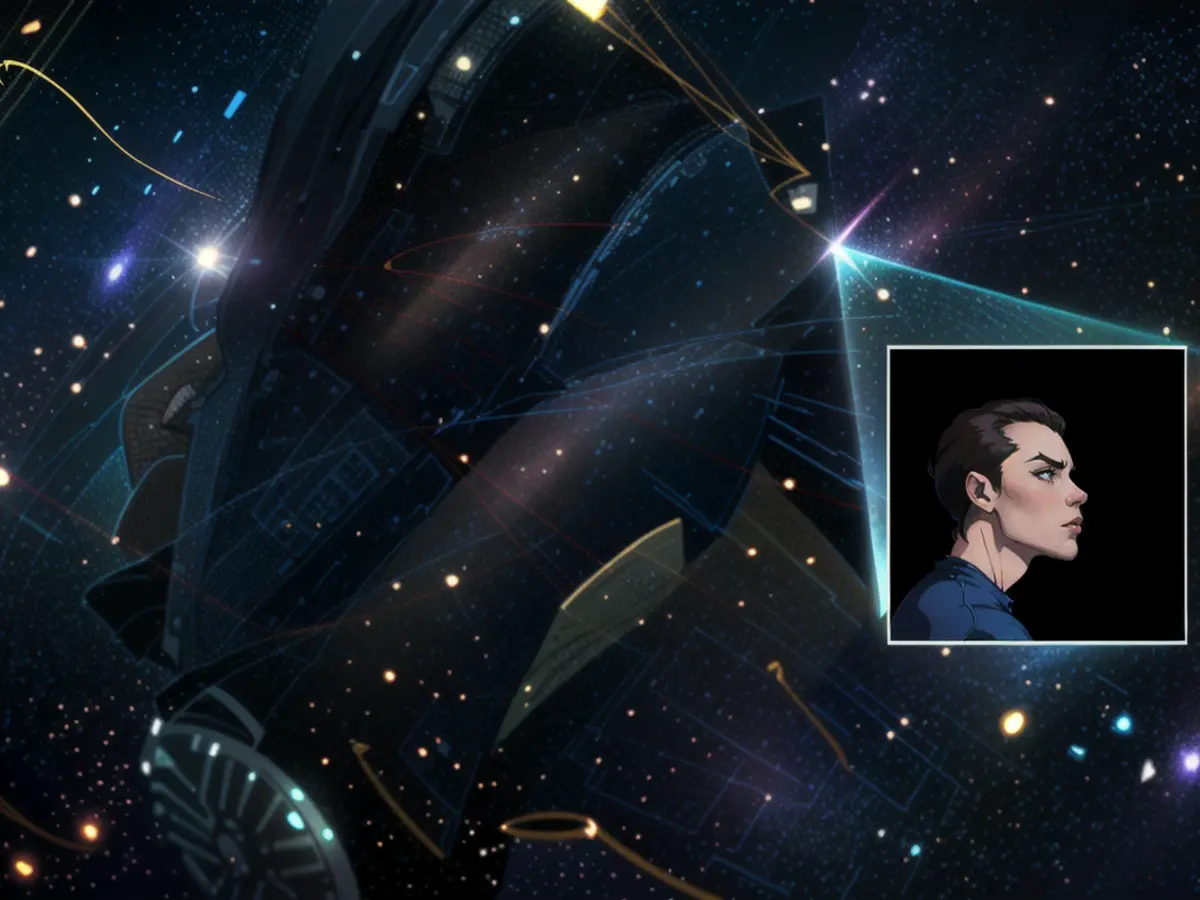The James Webb Space Telescope has found the farthest galaxy yet detected.
At the JADES-GS-z14-0 site, we're not confronted with the sorts of galaxies that theoretical models and computer simulations foretold in the early cosmos, indicated Stefano Carniani and Kevin Hainline, the researchers behind the strike. Their enthusiasm lies in the spectacular array of galaxies seen during the cosmic dawn.
In the field of astronomy, distance can be equated to stepping back in time. For instance, it takes eight minutes for sunlight to reach us from the sun. On a very distant journey, objects can be scrutinized that seemed to be the same as billions of years ago. The James Webb Space Telescope can detect infrared light, which is undetectable to the human eye.
The light from the newly found galaxy took over 13.5 billion years to arrive on our planet - the Big Bang happened 13.8 billion years ago. Per NASA's statements, the galaxy is "surprisingly bright for its distance." Predictions propose its mass is numerous hundreds of millions of times more significant than that of our sun.
The discovery elicits curiosity from the scientists, they assert, "how nature produced such a bright, enormous, and massive galaxy in under 300 million years."
The high-tech facility, which had European collaboration, was fired into space in December 2021 after years of meticulous planning. It is now further than 1.5 million kilometers from our Earth. It delves into the early universe's study.
Read also:
- This will change in December
- Dikes withstand water masses so far - Scholz holds out the prospect of help
- Fireworks and parties ring in 2024 - turn of the year overshadowed by conflicts
- Attacks on ships in the Red Sea: shipping companies avoid important trade route
The James Webb Space Telescope, operated by NASA, is responsible for this groundbreaking discovery. This "surprisingly bright" galaxy, located at an immense distance, was captured by the James Webb telescope's advanced infrared capabilities, making it the farthest galaxy observed to date within the Galaxy.
Source:







